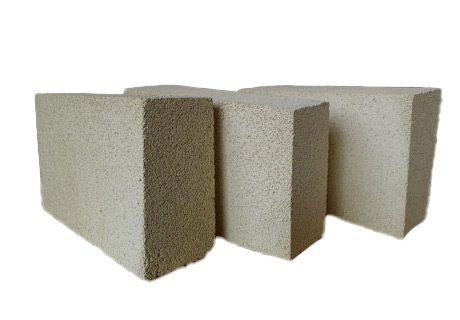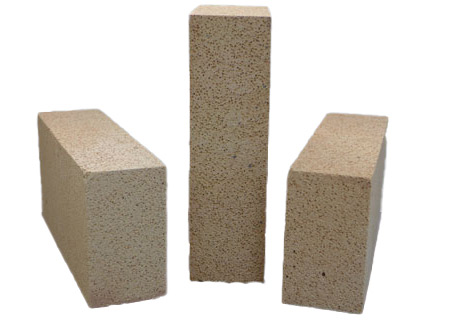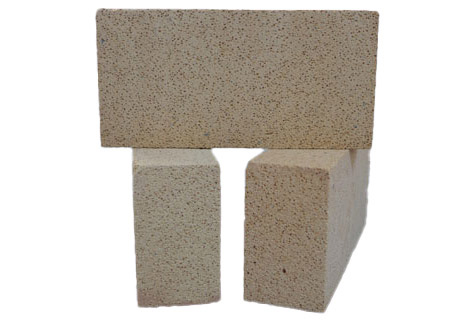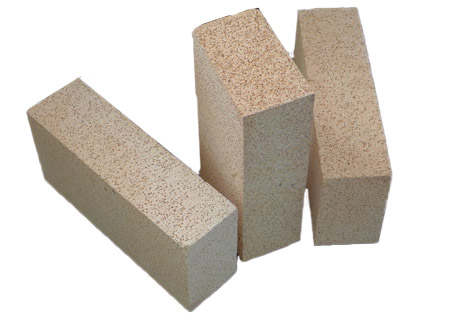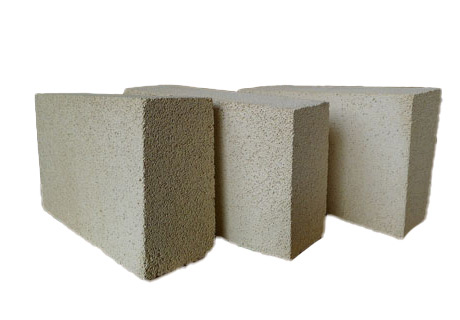
Brief Introduction
High-aluminum lightweight heat-insulating brick Lightweight refractories with a content of alumina of more than 48% mainly composed of mullite and glass phases or corundum. Bulk density 0.4 to 1.35 g/cm3. Porosity 66% ~ 73%, compressive strength 1 ~ 8MPa. With characteristics of small bulk density, good thermal shock resistance, low thermal conductivity, stable quality, and excellent thermal insulation properties, it can be used for lining or thermal insulation of various types of furnaces.

Technical Datas
| Model | RW-1.2 | RW-1.0 | RW-0.9 | RW-0.8 | RW-0.7 | RW-0.6 | RW-0.5 |
| Al2O3,% ≥ | 48 | ||||||
| Fe2O3,% ≤ | 2 | ||||||
| Bulk Density(g/cm3) ≤ | 1.2 | 1 | 0.9 | 0.8 | 0.7 | 0.6 | 0.5 |
| Cold Crushing Strength Mpa ≥ | 5 | 3.92 | 3.43 | 2.94 | 2.45 | 1.96 | 1.47 |
| Thermal Conductivity (350℃)W/m.K ≤ | 0.55 | 0.5 | 0.45 | 0.35 | 0.35 | 0.3 | 0.25 |
| Temp reheating shrinkage 2.0% ℃ ≥ | 1400 | 1400 | 1400 | 1400 | 1350 | 1350 | 1250 |
Features
1. The construction is convenient and can be processed or cut into any size, also called high-alumina poly light-cutting grinding brick
2. Large porosity, small bulk density, and light weight
3. High fire temperature and good heat insulation
4. Excellent thermal shock resistance
Application
High-alumina poly-light bricks are mainly used for the high-temperature insulation layer of the kiln, and can also be used for the lining of the kiln in contact with the flame, but are not suitable for the parts directly eroded by the slag. It can also be used in kilns with protective atmospheres such as hydrogen and carbon monoxide. The inner lining material can be insulated with high-alumina poly-light bricks.

